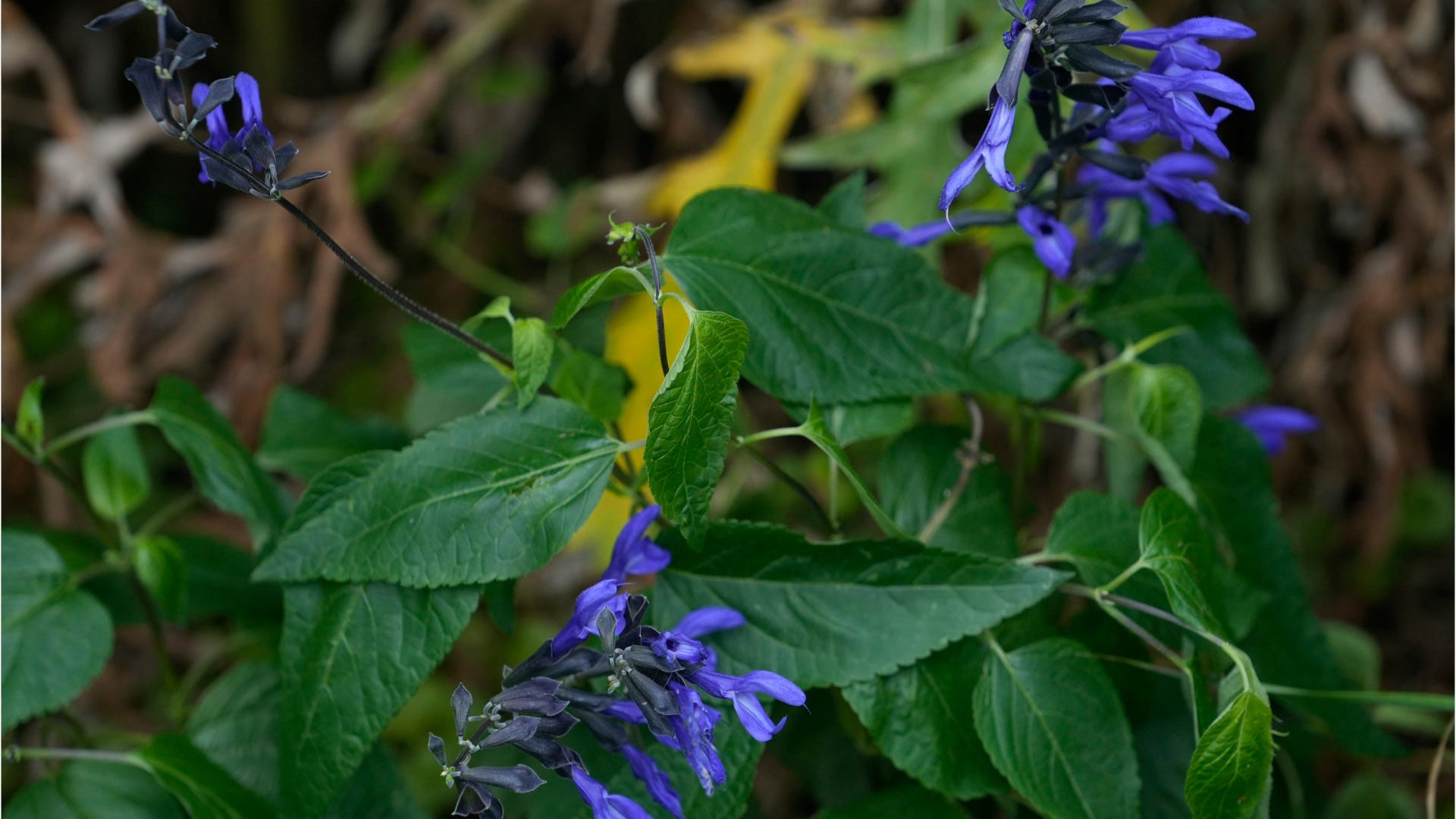Hummingbirds, those tiny jewels of the sky, are a delightful sight during the warmer months. As summer transitions into fall, you might wonder, “When Do Hummingbirds Fly South?” These energetic birds, known for their rapid wing beats and dazzling colors, undertake impressive migrations to warmer climates for the winter. Just like clockwork, as the days shorten and food sources dwindle, hummingbirds begin their journey southward.
These incredible creatures migrate south primarily because of changes in daylight hours and a decrease in food availability. As fall approaches, the days get shorter, signaling a shift in seasons. Simultaneously, the blooming flowers that provide nectar, a crucial food source for hummingbirds, become less abundant. This combination of environmental cues triggers their migratory instinct, prompting them to seek out regions with more favorable conditions for survival. During their migration, these tiny birds can travel an astonishing distance of up to 23 miles in a single day. Their hearts beat at an incredible rate, reaching up to 1,260 beats per minute to power their long flights, as noted by experts at Hummingbird Central. Some hummingbirds even undertake non-stop flights across the Gulf of Mexico, enduring journeys of up to 22 hours!
While some hummingbirds may start their migration as early as July, particularly those heading to destinations as far south as Central America or Mexico for the winter, the peak migration period for most occurs in August and September. It’s important to remember that hummingbird migration isn’t uniform across all regions. For instance, some hummingbird populations, like those in parts of California, are non-migratory and remain in their locations year-round due to consistent food sources and milder climates.
Ruby-throated Hummingbirds: When Do They Head South?
If you live in the eastern United States, particularly regions like Ohio, the hummingbird species you’re most likely to see is the Ruby-throated Hummingbird. These hummingbirds, easily recognized by their vibrant green backs, white underbellies, and, in the case of males, brilliant red throats, typically begin their southward journey in September. This timeline is confirmed by wildlife experts like Kathy Garza-Behr from the Ohio Department of Natural Resources. Ruby-throated hummingbirds arrive in Ohio and similar latitudes during April and May to breed, taking advantage of the abundant nectar and insect life of the spring and summer months.
 Ruby-throated hummingbird feeding
Ruby-throated hummingbird feeding
Alt text: A vibrant Ruby-throated hummingbird with a red throat, hovering and feeding from a bright red flower, illustrating its dependence on nectar and the beauty of these migratory birds.
Their wintering grounds are primarily in Central America, and remarkably, many Ruby-throated hummingbirds accomplish a significant portion of their migration by flying directly over the Gulf of Mexico in one continuous flight. While the Ruby-throated hummingbird is the most common in the East, keep an eye out for the occasional Rufous Hummingbird, a rarer species that can sometimes be spotted in Ohio during the late fall and winter months, often after the Ruby-throated hummingbirds have departed.
Supporting Hummingbirds with Feeders: Timing and Tips
Many homeowners who enjoy watching hummingbirds put out feeders filled with sugar water to supplement the birds’ natural nectar sources. A common question arises as fall approaches: when should hummingbird feeders be taken down? According to experts at Ohio State University Extension, it’s perfectly fine to keep your hummingbird feeders up throughout October. You can even leave them out until you no longer observe hummingbirds visiting them.
A common misconception is that leaving feeders out will prevent hummingbirds from migrating. This is not true. Providing feeders in the fall does not deter their migration instinct. Instead, it offers a valuable source of energy for hummingbirds as they prepare for and undertake their demanding southward journey. These feeders can be particularly helpful in providing the sustenance they need to complete their long flights.
How to Make Your Own Hummingbird Nectar
If you want to offer supplemental food for migrating hummingbirds, making your own sugar water nectar is simple and effective. The National Audubon Society recommends the following straightforward recipe:
- Dissolve: Combine 1/4 cup of plain white granulated sugar with 1 cup of boiling water.
- Cool: Allow the mixture to cool completely before filling your hummingbird feeder.
- Fill: Pour the cooled sugar water into a clean hummingbird feeder.
It’s crucial to avoid adding any honey, artificial sweeteners, or red dye to the nectar, as these can be harmful to hummingbirds. Plain white sugar and water in the correct ratio provide the ideal energy source for these amazing migratory birds.
By understanding when hummingbirds fly south and how we can support them with feeders and natural nectar sources, we can continue to appreciate these fascinating creatures year after year.